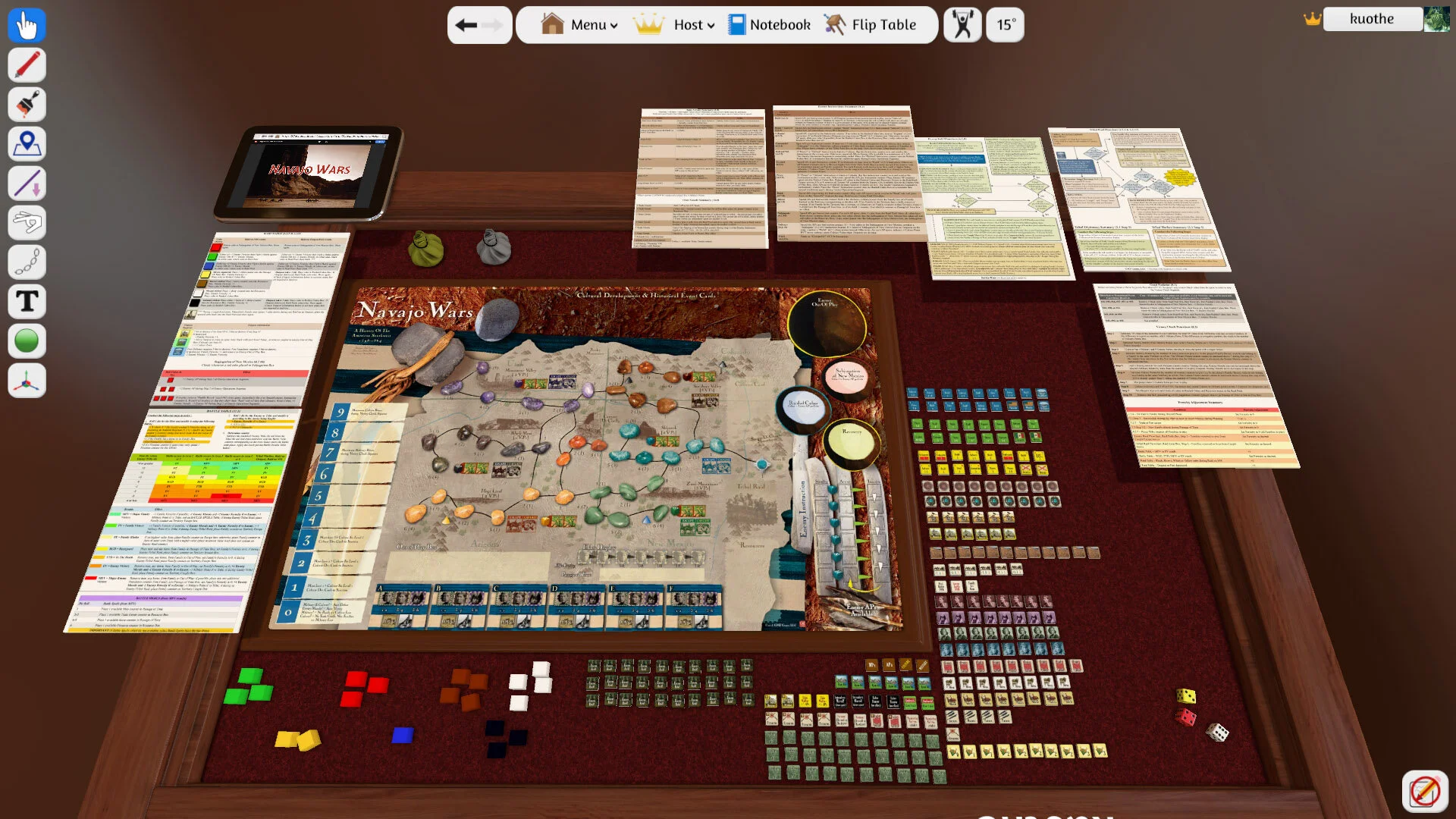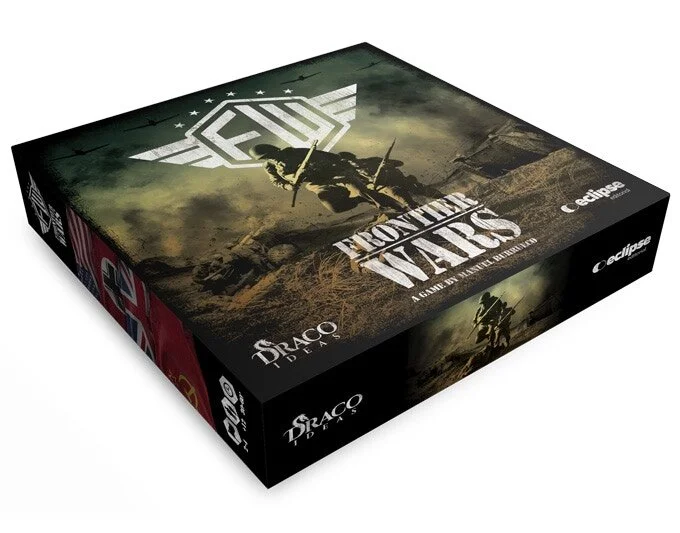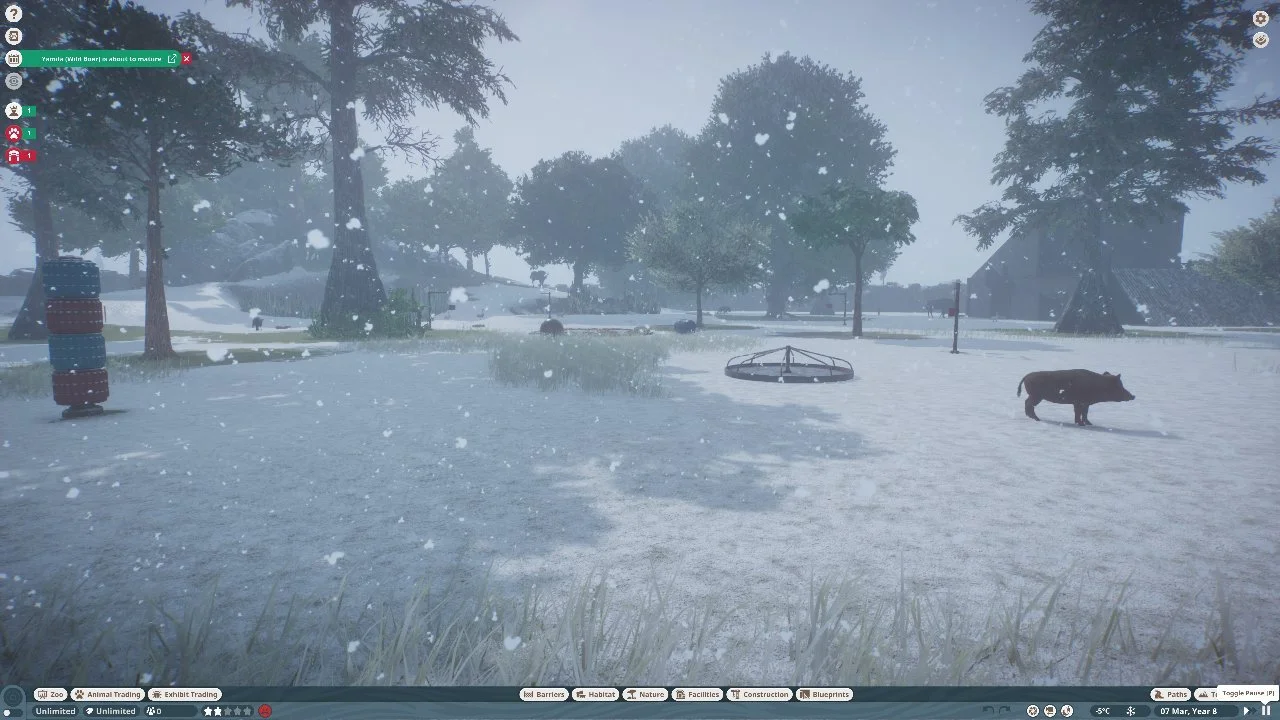Review copy provided by GMT Games
Navajo Wars is a solitaire game designed by Joel Toppen that records the history of the Navajo people over 250 years. While the game may be called Navajo Wars, the subtitle must not be overlooked. This is, without a doubt, “A History of the American Southwest, 1598-1864.” The tabletop saga chronicles the conflicted life of the Diné, their encounters with European colonists and the eventual subjugation by the U.S. with the expansion of the American frontier. The Navajo tribe fought a long, arduous campaign against the Spanish, Mexicans, and the Americans.
The game will provide a glimpse of the historic period from the perspective of the Diné—the Navajo people.
This isn’t just a board game. It’s history in a box. From a perspective that is overshadowed in contemporary education and oft-overlooked elsewhere.
With that, let’s examine the dense, complex world of the Navajo people and their perilous journey through time.
STORY
There are so many narrative elements woven into Navajo Wars, that it’s difficult to capture the full essence of the game in a short explanation. There are over 250 years of history packed into multiple campaigns. The fight against the Spanish and the Pueblo Revolt. Incursions and attacks from Mexico. The unrelenting push and subjugation by the U.S. that followed the European colonial eras. Even tribal raids from Utes, Comanches, and Apaches.
But it’s a disservice to the game to only mention the conflicts that harassed and afflicted the Diné. The story of tribal life is also fundamental to the game. Planting and harvesting corn. Raiding or trading for goods and animals. The passage of time and the growth of families in the American Southwest. The reverence of age as children grown into adults, as men and women become elders.
And the detailed look at key figures in the history of the Navajo people. Manuelito, the most famous warrior headman, who led raids against the New Mexicans and the Americans. He was one of the last to surrender and even survived the Navajo Wars. Or Kit Carson, known as “The Rope Thrower,” who enacted savage tactics in his suppression of the native tribes. He burned crops, slaughtered livestock, and brutalized the Apache and Navajo tribes until many of the surrendered.
All of this is considered as the player must coordinate the survival of the Diné while under constant attack by outside forces. Preserving the cultural heritage of the Navajo people and maintaining military might to deter aggressors are difficult tasks, and Navajo Wars does not shirk from the grim historical reality.
GAMEPLAY
In Navajo Wars, every enemy is aggressive. The Spanish, Mexican, and American soldiers and settlers will not stop, and players must plan and manage the resources of the tribe. Freedom is dependent on knowing when to focus on warfare, when to feed and care for the tribe, and when to negotiate with intruders and foreign powers.
A play deck of cards and numerous tokens will make up gameplay, as an enemy instruction matrix coordinates the advances of the Navajo's opponents. Play will alternate between opponent actions and Navajo actions. Charts, dice, and components will determine the course of the game, and players must make careful, deliberate choices to outsmart and outlast the enemy.
Navajo Wars includes a two-player variant, but this game is best when played solo.
And let me be frank—the game is hard. Difficult enough that players will likely need the rulebooks on hand at all times during the first few games. After multiple sessions, though, players will understand the structure and rhythm more fully.
Also, to combat the density and weight of the gameplay mechanics, Navajo Wars includes one of the best tutorials I’ve encountered when playing a board game. A 17-page introduction guides players through the first half of a campaign that details the Navajo tribe fighting back the Spanish. The tutorial explores game setup, initial rules, and the first few hours of gameplay all while moving fluidly between the campaign, the game board, and the rule book. By the end of that experience, players will be somewhat familiar with most of the rules and Navajo Wars will seem less intimidating.
The enemy instruction matrix, the raid flowcharts, battle tables, glossary, and thick rulebooks all seem daunting at first, but the reward is well worth the effort.
Navajo Wars is one of those special games that succeed in drawing players into a world below the surface. At first glance, it’s a solitaire wargame with a lot of strategies. Players must commit time to learn the nuances of the game. But that’s just the tip of the iceberg. Navajo Wars is asking players to consider another worldview. Look at the historical period from a different perspective. It’s not just a strategically rewarding board game. It’s an insightful exploration of the Navajo people in a system that brings history to life on the table.
VISUALS
The color palette of the game reflects the American Southwest and the Navajo tribes that populated the open world. A massive game board depicts the geographic locations in which the tribes lived and roamed, with added space for all of the cards, counters, cubes, and dice that will be placed on the map.
The box is the only design element I disliked. The artwork on the outside is lovely and it captures the mood of the historical period, but there isn’t a place for anything in the box. Dozens of cardboard tokens have no storage trays or bags. Other than that small issue, though, I appreciated the aesthetic of Navajo Wars.
REPLAYABILITY
There are multiple campaigns for players to explore in Navajo Wars, and their natural difficulty will require hours of play. Three struggles between the Navajo people and outsiders take place over 250 years. That span of history will take some time for players to play and digest.
WHAT IT COULD HAVE DONE BETTER
Better storage would make game setup and removal easier. And, given the complexity of the game, the tutorial should guide players through an entire campaign. The 17-page introduction was fantastic, but the intricate nature of the rules requires a deep investment. Finishing the first campaign with assistance throughout would be optimal.
VERDICT
Navajo Wars tells the story of another people. One that deserves attention and respect. It’s a lengthy and difficult game, but that is emblematic of the struggle the Diné faced throughout three centuries of aggression.
It’s an exciting wargame that will appeal to strategists. But it’s also a wonderful piece of history.






















